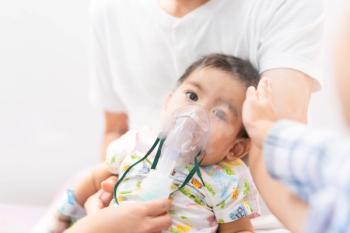
How family factors impact respiratory syncytial virus hospitalization
Social and family factors can have a large impact on a child’s health outcomes. A report examines how they can impact respiratory syncytial virus hospitalization.
Infants who require a hospital stay because of respiratory syncytial virus are often otherwise healthy and frequently do not meet common criteria that would make them high risk. Recent research has shown just how important social determinants of health are to lifelong health. An
The investigators used a variety of data including laboratory, health, and sociodemographic administrative data for every child born in Ontario from 2012 to 2018. The data were used to identify any hospitalization for respiratory syncytial virus that occurred before the third birthday or the end of the study’s follow-up period, March 31, 2019.
There were 789,484 children included in the study who had 11,782 hospitalizations because of respiratory syncytial virus. The investigators found that there were a number of socioeconomic factors that had an independent association with increased respiratory syncytial virus-related admissions, such as maternal criminal involvement, young maternal age, and maternal history of serious mental health as well as addiction concerns. They found that a projected 4.1% (95% CI: 2.2 to 5.9) of admissions could be prevented by eliminating the increased risks among children who have mothers that used welfare-based drug insurance. They also found that 41.6% of the admissions (95% CI: 39.6 to 43.5) could potentially be prevented by targeting older siblings with key interventions, such as vaccination.
The investigators concluded that there were many social factors that had an independent association with early-life hospitalization due to respiratory syncytial virus. They urged prophylaxis and vaccination programs to keep in mind social risk factors in additional to the clinical risk factors when determining eligibility for them. The research adds yet more information on how a child’s life can determine his or her health outcomes.
Reference
1. Fitzpatrick T, McNally J, Stukel T, et al. Family and child risk factors for early-life RSV illness. Pediatrics. March 18, 2021. Epub ahead of print. doi:10.1542/peds.2020-029090
Newsletter
Access practical, evidence-based guidance to support better care for our youngest patients. Join our email list for the latest clinical updates.









